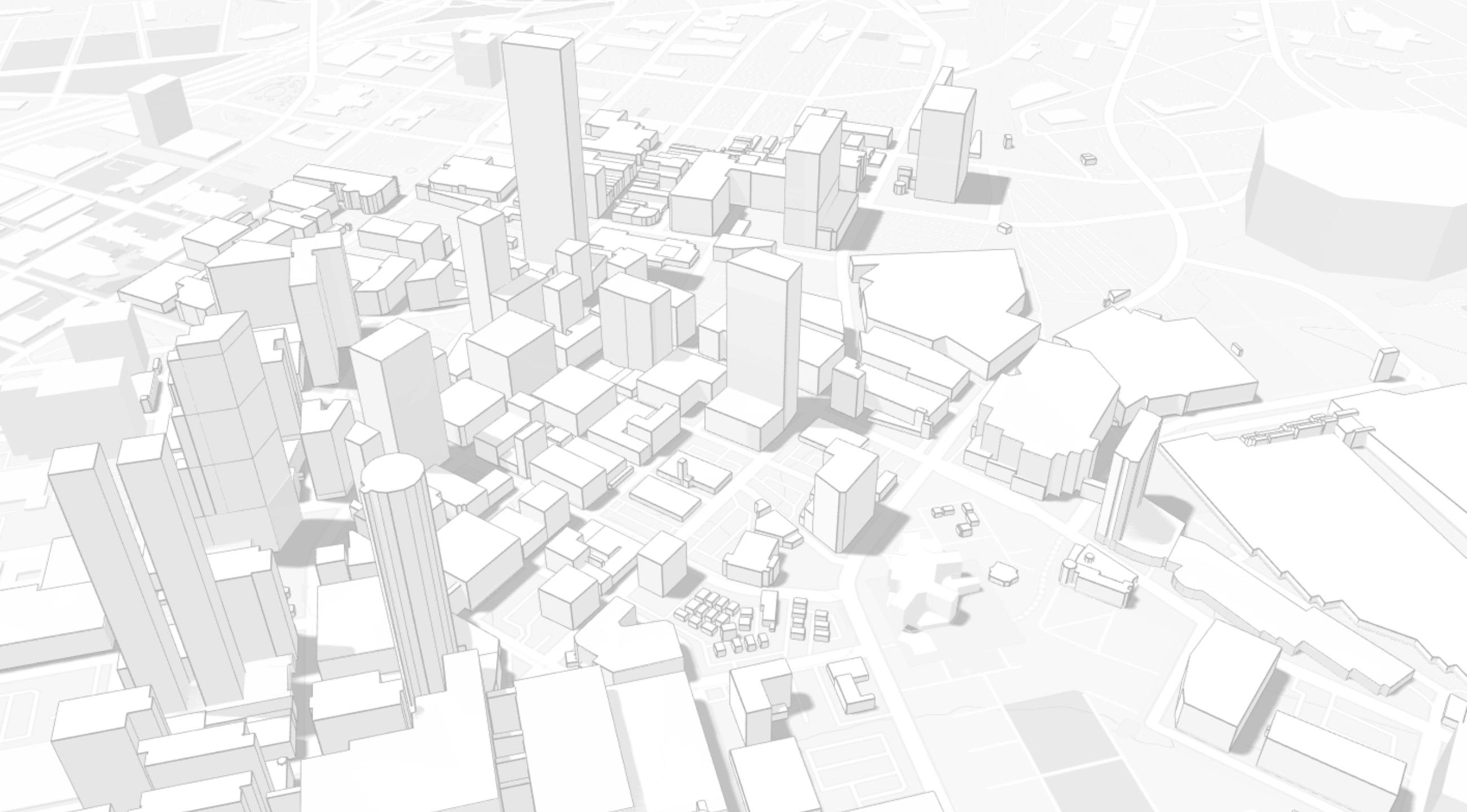
academic resources // course accreditation
Course Accreditation Considerations
The National Architecture Accreditation Board (NAAB) develops and maintains an accreditation system in professional degree education that enhances the value, relevance, and effectiveness of the profession of architecture. Outlined below are recommendations on how cove.tool might be used to assist you as you seek compliance within this framework.
NAAB Program Shared Values
Design
NAAB Definition Architects design better, safer, more equitable, resilient, and sustainable built environments. Design thinking and integrated design solutions are hallmarks of architecture education, the discipline, and the profession. cove.tool We are dedicated to better design that leads to a more sustainable future in our building industry. Design thinking and integrated design is at the forefront of our platform, allowing the user to measure multiple factors in design decisions from project start to completion.
Environmental Stewardship & Professional Responsibility
NAAB Definition Architects are responsible for the impact of their work on the natural world and on public health, safety, and welfare. As professionals and designers of the built environment, we embrace these responsibilities and act ethically to accomplish them. cove.tool Our suite of tools allows the user to demonstrate the ethical pursuit of higher performance in the design of buildings. With the climate crisis upon us and decarbonization as a rallying cry in our industry, we must educate and act upon the steps that we can make in each project to reduce our negative impacts on the communities that we serve.
Life-Long Learning
NAAB Definition Architects value educational breadth and depth, including a thorough understanding of the discipline’s body of knowledge, histories and theories, and architecture’s role in cultural, social, environmental, economic, and built contexts. The practice of architecture demands lifelong learning, which is a shared responsibility between academic and practice settings. cove.tool Our mission to help the AEC industry must reach into the academic setting and continue to support and develop design leaders who have the necessary tools to make positive change in our built environments. This link to the tools of practice is critical as we teach the next generation of architects and engineers to tackle and solve the climate crisis one project at a time. We provide .edu accounts to support this effort and follow these young practitioners into their professional journey with relevant case studies, continuing education, and webinars. Additionally, we continually enrich our offerings to provide an increasing breadth of building design analysis for all users in an .edu or firm environment.
NAAB 2020 Program Criteria (PC)
PC2 - Design
How the program instills in students the role of the design process in shaping the built environment and conveys the methods by which design processes integrate multiple factors, in different settings and scales of development, from buildings to cities.
PC3 - Ecological Knowledge & Responsibility
How the program instills in students a holistic understanding of the dynamic between built and natural environments, enabling future architects to mitigate climate change responsibly by leveraging ecological, advanced building performance, adaptation, and resilience principles in their work and advocacy activities.
PC5 - Research & Innovation
How the program prepares students to engage and participate in architectural research to test and evaluate innovations in the field.
NAAB 2020 Student Criteria (SC)
SC3 - Regulatory Context
How the program ensures that students understand the fundamental principles of life safety, land use, and current laws and regulations that apply to buildings and sites in the United States, and the evaluative process architects use to comply with those laws and regulations as part of a project.
SC4 - Technical Knowledge
How the program ensures that students understand the established and emerging systems, technologies, and assemblies of building construction, and the methods and criteria architects use to assess those technologies against the design, economics, and performance objectives of projects.
SC5 - Design Synthesis
How the program ensures that students develop the abilityto make design decisions within architectural projects while demonstrating synthesis of user requirements, regulatory requirements, site conditions,and accessible design, andconsideration of the measurable environmental impacts of their design decisions.
SC6 - Building Integration
How the program ensures that students develop the ability to make design decisions within architectural projects while demonstrating integration of building envelope systems and assemblies, structural systems, environmental control systems, life safety systems, and the measurable outcomes of building performance.
Commentary for Student Work (SC5 & SC6)
NAAB requests that accredited programs demonstrate SC5 (Design Synthesis) and SC6 (Building Integration) compliance through documented student projects. We encourage you to explore cove.tool to find alignment for your own program needs and to help your studios advance decarbonization and reduced EUI goals with speed and accuracy.
Disclaimer: Suggestions provided herein are not a guarantee of NAAB Program accreditation. This guidance is simply provided to assist programs seeking to enhance student learning through data-driven design outcomes while supporting published accreditation directives.
Summary
Interrogating Design with cove.tool
The dynamic relationship between our built and natural environments is critical to the proper education of our future design leaders in the AEC industry. The cove.tool suite supports this understanding holistically across multiple factors to test and evaluate design decisions. We provide ongoing education and research publications to support your faculty and your students.
Building Massing and Orientation
Orientation
Massing variables
Window Wall Ratios
Shading devices
Optimization interface:
Building envelope
Mechanical Systems
PV analysis
Cost factors
CO2 offsets
Payback (ROI)
Energy Savings
EUI
Research and Innovation
Ongoing development of the software
New product features maintain pace with industry
Compliance and code updates are automated
Cost and assembly research supported
Decarbonization prioritized
Webinars, Research papers, Case Studies
Codes and rating systems
BIM integration
Building performance
Conference presentations on specialized topics